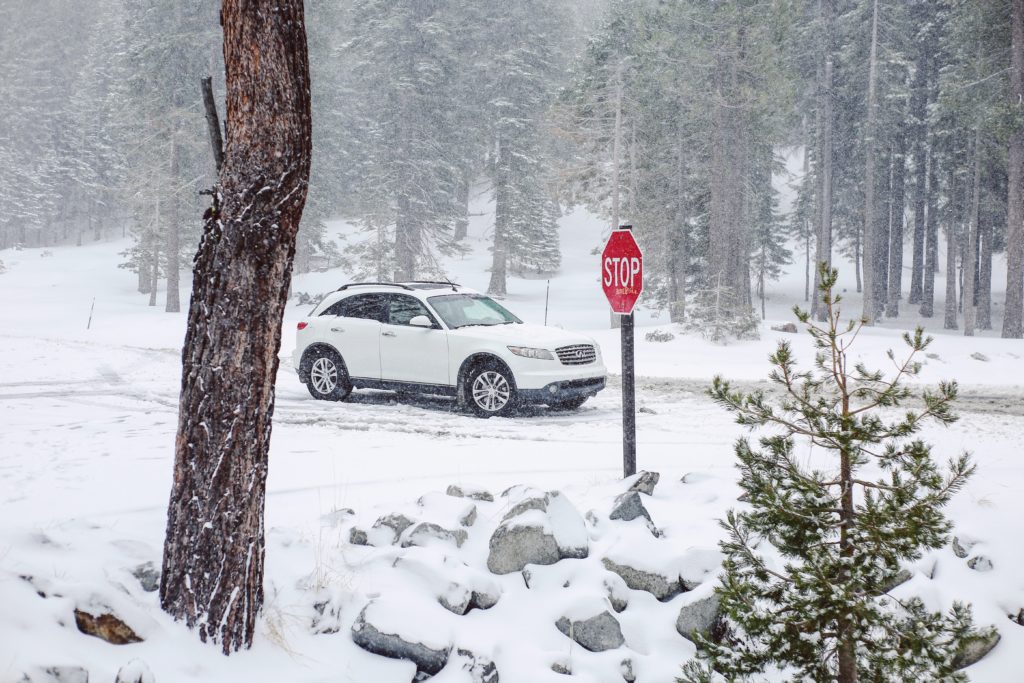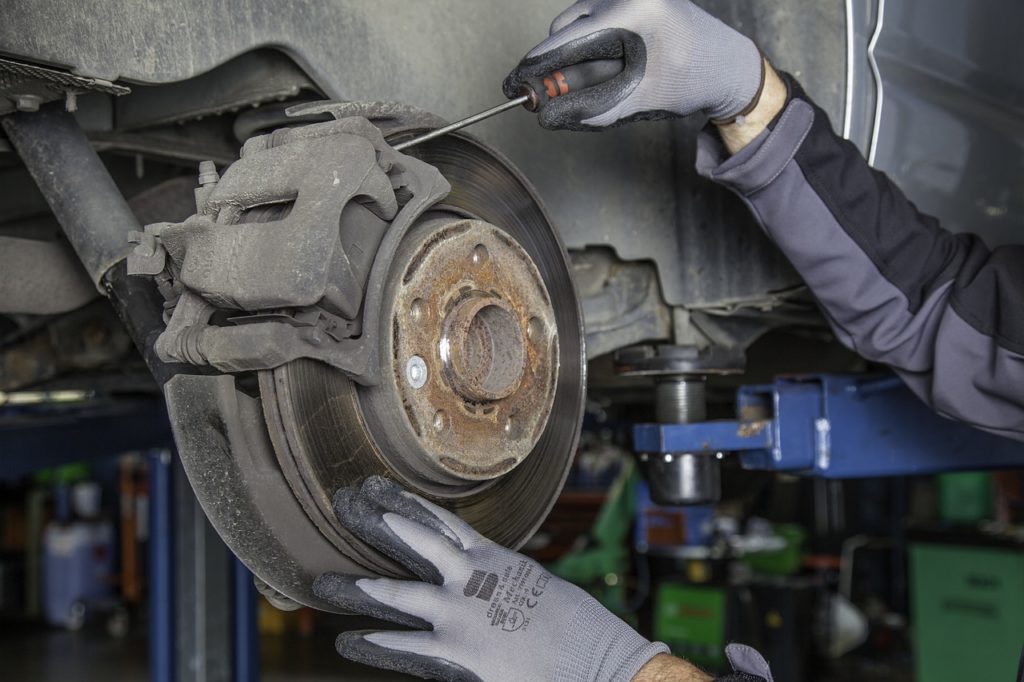Snow and ice are here and will be a problem on the roads for the next few months. In order to assure safe winter driving, it is essential to make sure your brakes are in optimal condition and proper working order.

The brake system on your vehicle is extremely complex, consisting of numerous integrated components that deteriorate over time. Drivers must always be on the lookout for signs of potential brake issues. Brake problem warning signs can lead to expensive problems if ignored. More importantly, your safety and the safety of others could be in danger if your brakes fail. Pay attention to these common warning signs of brake problems:
Six Common Brake Problem Warning Signs
- Strange Noises
Hearing strange noises when you stop your vehicle? Your brake pads may have an excessive amount of wear if you hear a high, screeching sound when you apply the brakes.
- Vehicle Pulls to One Side
If your vehicle swerves to one side as you apply the brakes, the brake lining may be worn unevenly or brake fluid may be compromised.
- Brake Pedal Feels Odd or Spongy
Does it might feel spongy or does your foot sink to the floor when you hit the brake pedal? You may have a leak in the braking system, such as an air leak in the brake hose or a brake fluid leak. A brake pedal that feels stiff or is difficult to press may be a sign that there is a blockage in the brake line or an issue in the vacuum system.
- Too Much Vibration When Braking
Excessive vibration in your brake pedal may be a sign of trouble. This will feel similar to the vibration you feel when the anti-lock brakes feature engages. This vibration or pulsating can be a sign of warped rotors.
- Jerking Sensation As Brakes are Applied
If you experience a grabbing or jerking feeling when applying the brakes, it could be a sign that the rotor is unevenly worn or that the brake fluid is contaminated.
- Brake System Service Light Activates
Your vehicle’s on-board diagnostic system, if any problems are detected, will light up the brake system service light on your vehicle’s dashboard. It might also come on even when there is no problem, because you see the brake service light up. It’s a good idea to have your brakes inspected if your service light comes on.

Don’t Take Chances With Vehicle Safety
Winter road conditions bring enough driving challenges. Don’t take chances by ignoring the signs of brake problems. Have your vehicle inspected right away if you notice any of the common indicators of brake trouble.
